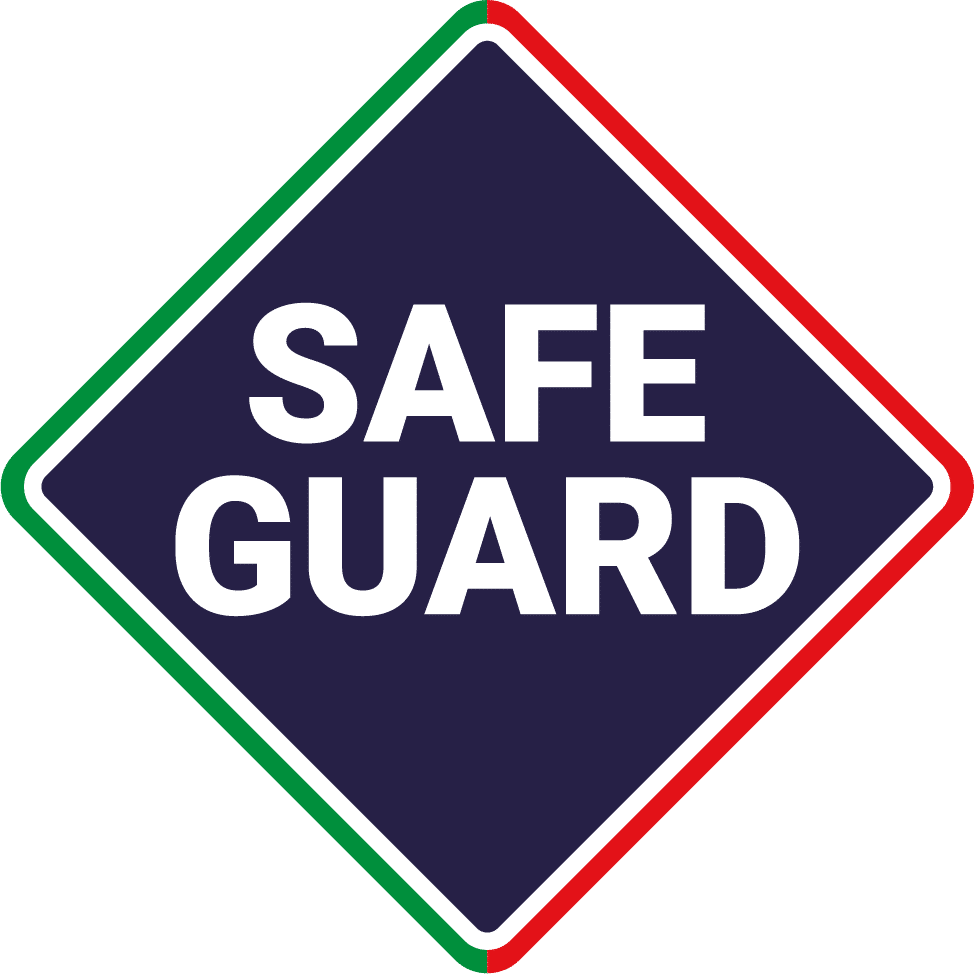Formwork is one of the most critical components in any concrete construction project. When done right, it creates the foundation for strength, safety, and long-term durability. When done wrong, however, the consequences can be severe: project delays, compromised structural integrity, higher costs, and even safety hazards for crews.
In our decades working on construction projects, we’ve seen time and time again how small oversights in setup and preparation can lead to big problems onsite. To help project managers, builders, and site crews avoid unnecessary risks, we’ve outlined the five most common mistakes in formwork assembly, and more importantly, how to prevent them.
1. Choosing low-quality, defective, or damaged materials
One of the most common mistakes in formwork assembly is cutting corners with materials. Using low-quality or damaged formwork components may save money upfront, but it almost always leads to costlier issues later. Defective materials can warp under pressure, leak concrete, or fail during pours, creating safety risks and structural defects.
What to do?
The solution is to always invest in high-quality, tested, and well-maintained formwork systems. Australian and international standards exist for a reason, and using approved systems reduces risk significantly. A quality formwork manufacturer will engineer for durability and only supply systems that undergo struct quality assurance processes, so you and your team know that your formwork won’t fail.
For your own peace of mind, always inspect formwork panels, ties, and supports before use. Any sign of wear, cracking, or corrosion should be grounds for replacement.
2. Improper planning, design, and assembly
Another costly mistake is rushing into installation without adequate planning. Poor design, incorrect layout, or insufficient bracing can all result in formwork failures. This includes inadequate anchoring, incorrect alignment, or underestimating the forces exerted during a concrete pour.
What to do?
Good planning starts long before materials arrive onsite. It requires precise drawings, load calculations, and clear assembly instructions to ensure the formwork can withstand both vertical and lateral pressures.
Make sure you assign an experienced supervisor to oversee installation. A second set of eyes can catch errors before they become serious problems.
3. Poor handling and storage
Formwork components are built to last, but only if they’re handled and stored properly. Throwing panels around the site, stacking them incorrectly, or leaving them exposed to the elements can cause warping, rusting, or other forms of structural weakness. Over time, this compromises performance and safety.
What to do?
This mistake in formwork assembly is entirely avoidable with a proper handling and storage plan. Components should be stacked flat on level ground, protected from moisture, and lifted using correct equipment to prevent damage.
An effective way to protect your components is to designate a storage zone onsite. Be sure to train crews in proper handling to reduce accidents and extend equipment life.
4. Overloading the formwork
Overloading is one of the most dangerous mistakes in formwork assembly. This can happen when crews exceed the load capacity of the system, pour concrete too quickly, or ignore the recommended sequence of placement. The results can be catastrophic: collapse, injury, and costly rework.
What to do?
Every formwork system comes with specific load ratings. Exceeding these ratings is a gamble with both safety and structural performance. That’s why it’s critical to follow manufacturer guidelines and avoid the temptation to speed up a pour at the expense of stability.
Always check that your formwork manufacturer supplies clear documentation and provides support to help your team ensure capacity limits are always respected. In addition, closely monitor pour rates. If in doubt, slow down – an extra hour of caution beats weeks of delay from a failure.
5. Neglecting safety protocols
Finally, as can be expected, neglecting safety is a serious lapse with significant consequences. This includes skipping inspections, ignoring safety checklists, or stripping formwork before the concrete has reached adequate strength. These oversights place both workers and the final structure at risk.
What to do?
Regular inspections before and during pours are essential to identify loose connections, shifting, or weaknesses. Equally, compliance with site-specific safety standards is non-negotiable. Premature stripping is another major risk; removing formwork too early can cause cracking or even collapse. It’s a good idea to develop a safety checklist for each pour. This would require sign-off from a qualified supervisor before proceeding.
Eliminate mistakes in formwork assembly
Formwork failures rarely come from one big mistake. They usually result from a series of small oversights that compound under pressure. By understanding the most common mistakes in formwork assembly and taking proactive steps to avoid them, project teams can save time, money, and protect the wellbeing of everyone onsite.
Safeguard provides proven, user-friendly systems that make assembly easier, faster, and more reliable for crews across Australia and beyond.
Our clients get high-quality formwork and peace of mind when they work with us. We ensure that your correct planning is paired with the right tools to avoid the pitfalls and ensure trouble-free projects.
Want to talk quality formwork equipment and practices? Talk to us and set your next project on the right path.
1300 971 603 | info@safeguardformwork.com.au

 1300 971 603
1300 971 603 info@safeguardsf.com.au
info@safeguardsf.com.au 19 Motorway Circuit, Ormeau, QLD
19 Motorway Circuit, Ormeau, QLD Servicing Australia, PNG & Fiji
Servicing Australia, PNG & Fiji



